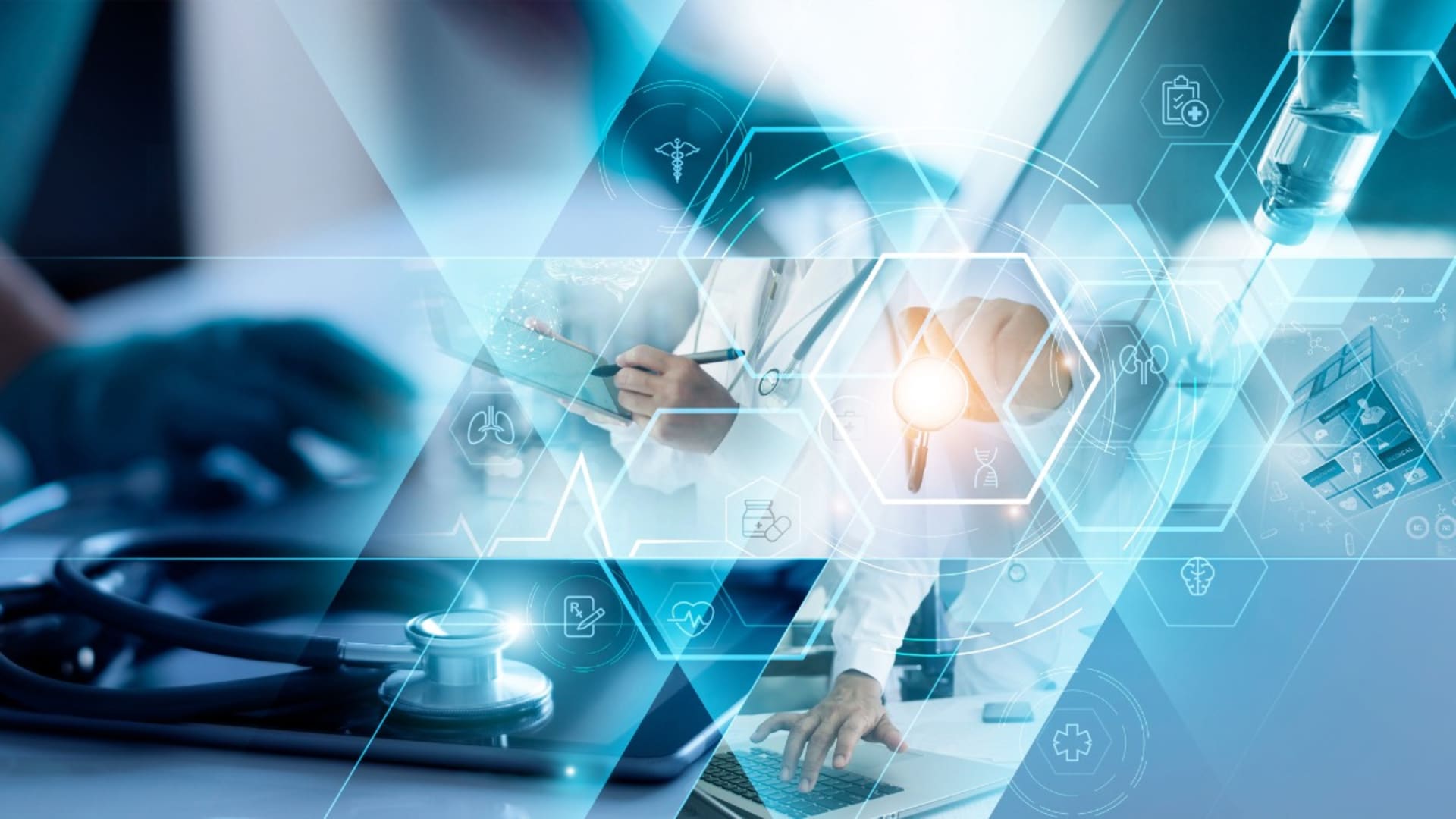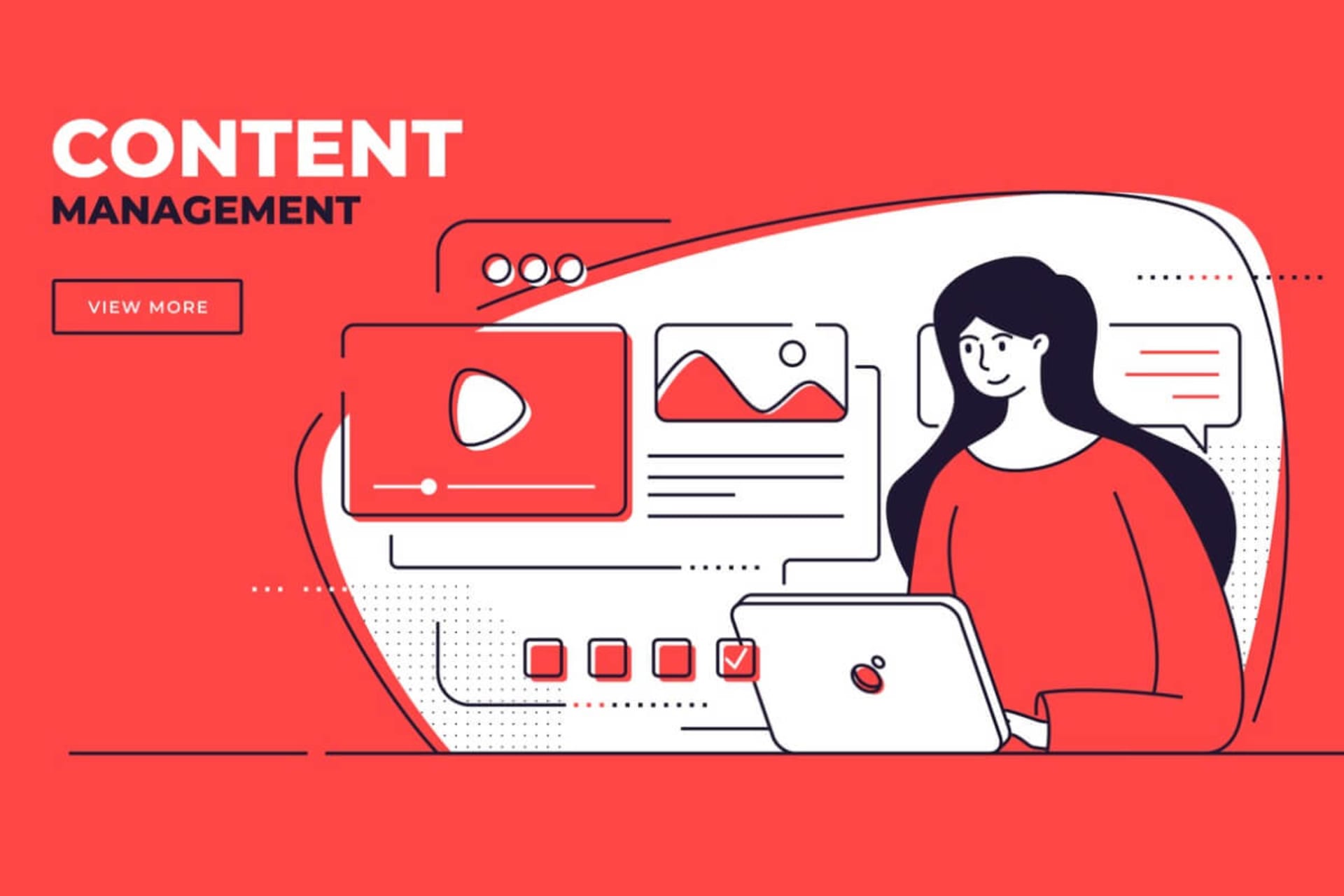While digital acceleration within the healthcare field was already underway before the COVID-19 pandemic started, the needs of healthcare professionals and patients during this time have hastened the use of digital solutions for medical problems. For example, telehealth has become much more commonplace because of the need for social distancing, as it enables medical professionals to connect with their patients through video chat.
Healthcare workers are also relying on robotics to provide some services that require in-person contact. Technology is making it possible to bring needed healthcare to those unable to get to doctors’ offices, hospitals, and other facilities. Better communication methods are helping patients get the care they need and assisting their providers in monitoring their progress between office visits.
All of these healthcare developments and others are creating new processes that are more than just digital versions of analog practices. The medical field is changing quickly as technology makes things doable that were never possible before. Here we discuss some of the most exciting technologies emerging in the healthcare field and how they are helping both providers and patients get the best outcomes.
#1 Telehealth
Doctors can connect with their patients electronically using video call applications. The patient makes an appointment, just as they would if they were going to a physical location, but the “location” is the video call. Doctors can address a wide range of healthcare concerns in this manner, including the management of chronic diseases.
Patients can remain comfortable at home while speaking to their physician, something that’s especially important for those with severe conditions. If needed, the session can end with a referral to a physical location for testing or pick up a prescription. Some health insurance companies are offering telehealth care free of charge.
#2 Portable Health
In emergency situations such as natural disasters or the pandemic, healthcare providers may need to go to where patients are rather than the other way around. Innovations like portable ultrasound can help them diagnose patients on the spot. Images captured with this technology can be passed on to image evaluators to provide a diagnosis or sent to patients’ medical records so other professionals can easily access them after the emergency has passed.
Portable blood testing devices, EKG devices, infrared thermometers, and glucose meters can also be useful for physicians in emergency circumstances or situations when patients are unable to go to a medical facility.
#3 Digital Communication
Modern healthcare systems include efficient methods for making, confirming, and changing appointments, as well as the ability to communicate directly with providers, and reminders for needed care. For example, a health insurance company might send a text message to a customer, reminding them that it’s time to schedule an annual physical exam. Or a patient might use an interface to email a follow-up question to a doctor they recently visited.
This type of communication makes it more likely that patients will keep up with needed care, go to appointments they’ve set up, and follow up with self-care after their visits. Providers can also send helpful information specific to each patient, such as new medications for a particular condition or reminders to get enough exercise and sleep. And, if needed, providers can collaborate if all the information for a patient is in one place.
#4 Personalized Services
The proliferation of data and the ability to analyze it with artificial intelligence (AI) tools are enabling healthcare professionals to provide more personalized care to patients. This process is sometimes referred to as precision medicine. For example, doctors can gather information about a patient based on testing and create a digital twin that can be used to try out different procedures or medications without impacting the actual patient.
This level of care is important because people respond to treatments in different ways. The use of precision medicine leads to better outcomes for patients. Additionally, the data collection and analysis can help researchers find better treatments for rare diseases.
#5 Electronic Health Records
One big contributor to personalized services is electronic health records (EHR), which is an improvement over former paper records. Simply having all healthcare information for an individual in one place enables medical workers to understand the patient’s health history at a glance and develop a plan for improving or maintaining health. Information in these records can be anonymously tied to larger systems that recommend new medications or procedures.
EHR systems are beneficial for patients but can also be beneficial for healthcare workers. In fact, software engineers are being called upon to create streamlined interfaces and portals with features like alerts when test results are ready. To ensure the best outcomes, these systems must be easy for medical professionals to learn and use, and also highly secure to protect sensitive patient information.
#6 Self-Care
Technology is also being used for patient self-care. People can use wearable devices and other machines to help physicians monitor their health. For example, biometric bracelets collect blood pressure and heart rate data that can be transmitted to an app or directly to a site that the patient’s doctor will see. Home monitors can test things like glucose levels, which can also be sent to physicians to help in patient care.
Those struggling with addictions can use sensors to monitor skin temperature, which is an indicator of drug cravings, helping them to receive appropriate interventions instead of using addictive substances, including cigarettes.
#7 Robotics
Robots can help healthcare providers spend more quality time with patients by taking care of mundane tasks such as cleaning, serving food, note taking, inventory tracking, and even simple care such as checking temperature or blood pressure. They can also be involved in surgeries, enabling surgeons to be more precise or even performing procedures remotely, using software applications to operate the robotic machinery in another location.
Other robots can be used in patients’ homes to perform tasks that, though simple, may be difficult for those recovering from surgery or illness. They include cleaning, picking things up, and moving food from the food preparation area to the eating area.
Custom Medical Software Development to Reimagine Your Practice
All of the tech advancements mentioned above were already being developed and used in healthcare organizations prior to the COVID-19 pandemic. But after the crisis, their use became widespread and health institutions started implementing them at an accelerated pace. Their explosion in popularity is hardly surprising. Time and time again, tech has proven to be health’s greatest ally, so it’s only natural that it’s risen to the occasion in trying times.
What’s more important is that all of these technologies are here to stay and they will serve as foundations for further advances. That’s why health organizations should already pay attention to them and seek the help of a custom medical software development company such as BairesDev to adapt them to their needs.






